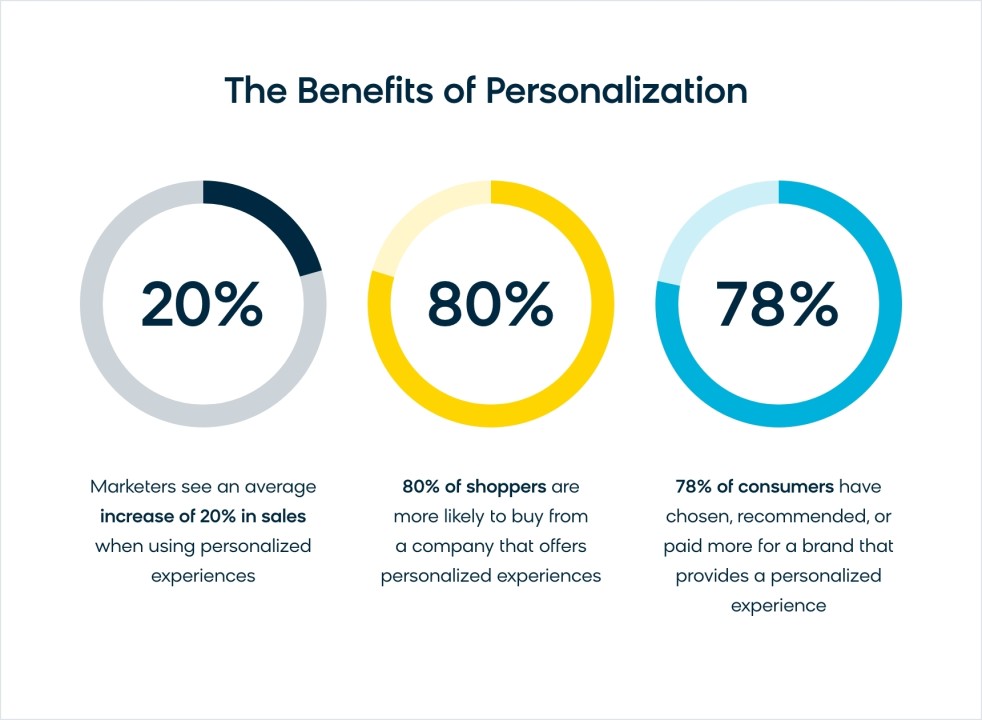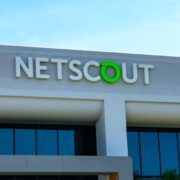By Oladipupo Adeosun
E-business personalization involves tailoring online experiences to individual customers based on their preferences, behaviour, and characteristics.
RELATED:
Personalization is a powerful tool for enhancing customer engagement, satisfaction, and ultimately, business success. Here are key strategies and considerations for delivering personalized experiences to customers in the e-business environment:
1. Customer Data Collection:
Collect and aggregate customer data from various sources, such as website interactions, purchase history, demographic information, and social media activity. This data serves as the foundation for personalization.
2. Segmentation:
Segment your customer base into distinct groups based on shared characteristics or behaviours. This segmentation helps you create relevant content and offers for different customer segments.
3. Personalized Content:
Customize website content, product recommendations, and marketing materials based on individual customer profiles and preferences. For example, suggest products related to past purchases or items in a customer’s wish list.
4. Recommendation Engines:
Implement recommendation engines that analyze customer behaviour and suggest products or content that align with their interests. These engines can use collaborative filtering, content-based filtering, or machine learning algorithms.
5. Dynamic Email Marketing:
Send personalized email campaigns that address each recipient by name and tailor content to their interests and past interactions with your business.
6. Product Customization:
Allow customers to personalize or customize products and services according to their preferences. This is particularly effective for businesses offering customizable products like apparel, accessories, or home decor.
7. Cross-Selling and Upselling:
Leverage personalization to recommend complementary or higher-value products or services to customers based on their past purchases or browsing behaviour.
8. Location-Based Personalization:
Use geolocation data to provide location-specific offers and information. For example, display nearby store locations or offer promotions relevant to a customer’s location.
9. A/B Testing:
Conduct A/B tests to assess the effectiveness of different personalization strategies. Continuously refine your approach based on the results of these tests.
10. Customer Self-Service:
Provide self-service tools that allow customers to manage their profiles, set preferences, and personalize their experiences. This gives customers control over their personalization settings.
11. Real-Time Personalization:
Implement real-time personalization to adjust content and offers on your website or app as customers navigate through it. This dynamic approach can significantly boost engagement.
12. Privacy and Consent:
Respect customer privacy by obtaining consent for data collection and using transparent data handling practices. Ensure compliance with data protection regulations like GDPR or CCPA.
13. Mobile Personalization:
Extend personalization efforts to mobile apps by customizing in-app experiences and push notifications.
14. Customer Feedback and Surveys:
Collect feedback and conduct surveys to gain insights into customer preferences and gather data for personalization efforts.
15. Analytics and Monitoring:
Use analytics tools to continuously monitor the effectiveness of your personalization efforts and make data-driven adjustments.
16. Scalability:
Ensure that your personalization infrastructure is scalable to handle growing customer data and evolving personalization strategies.
17. Personalization Roadmap:
Develop a roadmap for personalization that aligns with your business goals and allows for phased implementation of personalization features.
18. Multichannel Personalization:
Extend personalization across all customer touchpoints, including your website, mobile apps, email marketing, social media, and customer support channels.
19. Customer Support Personalization:
Train customer support teams to provide personalized assistance, addressing customers by name and offering tailored solutions.
20. Feedback Loop:
Establish a feedback loop with customers to gauge their satisfaction with personalized experiences and identify areas for improvement.
E-business personalization is an ongoing process that requires a deep understanding of your customers and a commitment to meeting their evolving needs. By delivering tailored experiences, you can build stronger customer relationships, increase conversion rates, and drive long-term business success.
Oladipupo Adeosun
Enterprise Solution Architect (Cyber Security | Infrastructure | Penetration Testing )


































